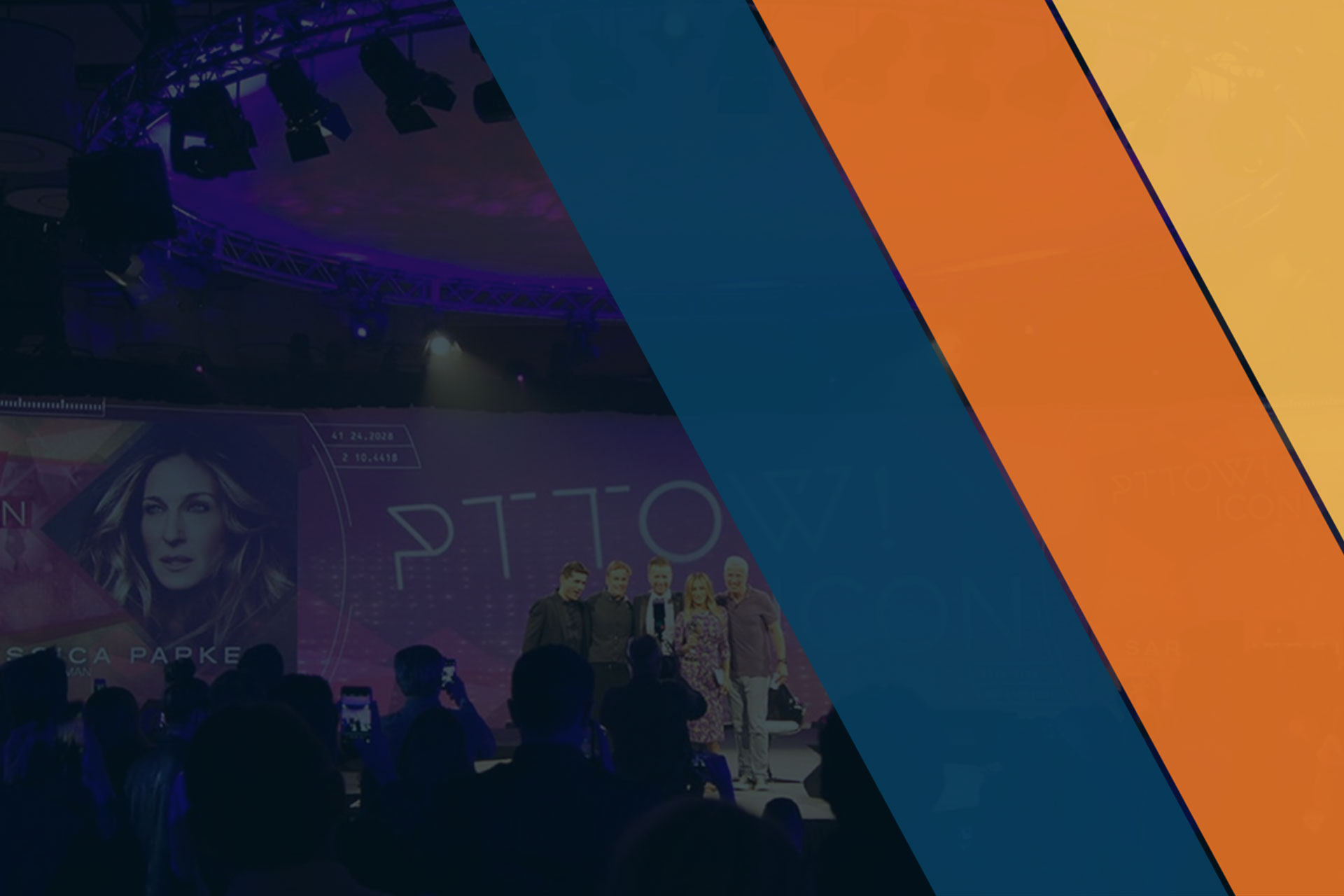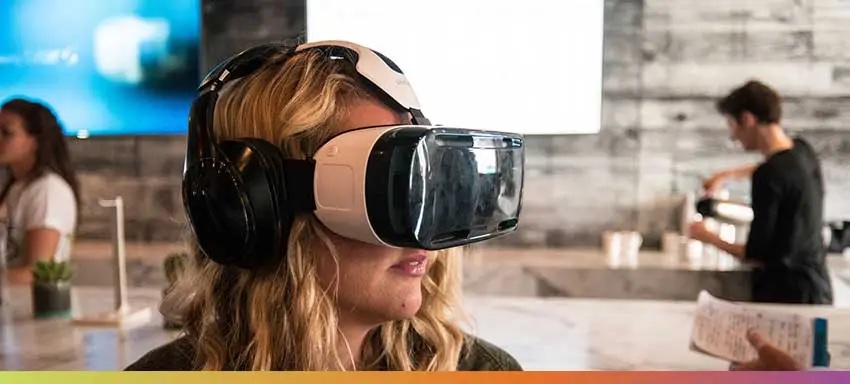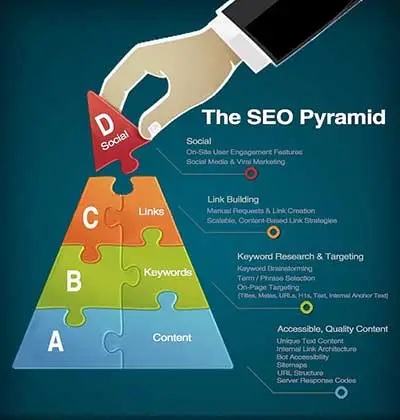

6 Steps to Driving Technology Adoption at Your Event

With so much colour, noise and evolution in the event tech landscape, it is sometimes a challenge to answer the question of "How can I get my stakeholders to buy the ticket and take the ride?" Yes, it is true that "If you build it, people will come," however, early adopters and innovators do not represent the bell curve that is often required for event technology to be truly impactful. As such, here are six simple steps to consider when you are looking to encourage technology adoption at your event:
1. Align event tech with the objectives of attendees and stakeholders
The success of technology adoption depends upon how well the objectives of the organizer, (and in turn, the objectives of the participant) align with the technology in deployment. It is about the right toolset for the right job. So, the first question when devising the strategy should be "Why are the attendees/ exhibitors/ buyers coming to the event? What are they hoping to achieve?" Often this comes back to strengthening their networks, whether it be personal or professional, driving business opportunities, and furthering their education. What is the most relevant technology to facilitate this? If a piece of technology doesn't help participants meet their objectives, it will ultimately become noise and detract from the experience.
2. Your event tech provider is your partner.
Event tech is unique in the event space, as the way in which these companies have to adapt to change is far more accelerated than other facets of the industry. While this is incredibly useful, it can also be a weakness. The negative aspect of being so "adaptable" is that there is often not as much legacy in terms of what stakeholders understand about the product or service. The good thing is that your event tech provider is here to help. A good provider will guide you every step of the way in defining best operational and communication practices. These guys are pros and are a gem for the time-poor organizer. Listen to them, speak with them and move forward together.

3. Create environments and shape the experience
Once the organizer is in tune with the motivations of the stakeholders, they can positively affect adoption by looking at how the technology will drive the desired behaviour. Creating an event environment, culture and format that stimulates participation and learning will encourage adoption.
As events are physical by nature, bringing together the physical and digital event spaces is a great way to form the experience as a whole.

Here are some ways event technologies can be utilized to drive engagement:
Gamification technology - Gamification is all about creating a richer event experience. By aligning event objectives with incentivized challenges, not only will visitors have more fun, but they will have a much more rewarding time.
Matchmaking and meeting scheduling - A fantastic way for maximising the effectiveness of time on site, attendees, exhibitors and buyers create profiles that identify and match them with the most suitable people, as well as scheduling meeting time slots.
Event mobile apps - Provide participants with a plethora of information and opportunity in real time. Everything from agenda building and mapped floor plans, to surveys and social media, are common amongst today’s mobile event apps. The future of event apps will see a focus upon creating a unique experience for each attendee through targeted meetings, gamified experiences and content.
Smart devices -
 The best way to build adoption is to put the technology in the hands of every participant and make it as simple as possible for them to use. Enter smart devices. RFID, NFC or beacon technologies are touch or proximity-based technologies that allow attendees to network, share information, participate in surveys and compete in games in the physical event space while harbouring low learning curves or other barriers to usage.
The best way to build adoption is to put the technology in the hands of every participant and make it as simple as possible for them to use. Enter smart devices. RFID, NFC or beacon technologies are touch or proximity-based technologies that allow attendees to network, share information, participate in surveys and compete in games in the physical event space while harbouring low learning curves or other barriers to usage.
Audience response systems-
Features such as live Q and A, session polling and group discussions are changing the face of conference audience involvement, by turning passive listeners into contributors.
4. Recognize the barriers
It is important to recognize what the limitations may be for a particular technology in relation to the event and the participants. The classic example here is the far too common lack of event wi-fi. For the organizer who has just invested in a state of the art event app, the adoption rates will provide a sad shock if hundreds or thousands of people are trying to download and use the app at one time. Barriers are sometimes not only physical or defined by space but can be due to the experience of the participant, or the process to access and use the technology. Take some time to think about the participant. Regardless of whether a certain piece of technology could greatly benefit them, if it considered complicated or otherwise outside their comfort levels, they simply won’t use it.
5. Communication is everything
Educating your audience not only on what to expect but how it will help them achieve their objectives before they arrive is paramount. If the participant is aware of how a particular technology will benefit them and how easy it is for them to use, they are more likely to be excited by it and will be ready to participate once they hit the floor.
Here are a few great methods of educating your participants:
Host informational webinars -  For technology that may require a more detailed explanation, such as scheduling meetings, or advanced matchmaking, hosted webinars are a great tool for speaking directly to the audience in real time and answering their specific questions. Additionally, you can record the webinar to send to people who didn’t have the opportunity to sit in. Should you have different participant types, information can be tailor-made, reducing the incidence of disinterest.
For technology that may require a more detailed explanation, such as scheduling meetings, or advanced matchmaking, hosted webinars are a great tool for speaking directly to the audience in real time and answering their specific questions. Additionally, you can record the webinar to send to people who didn’t have the opportunity to sit in. Should you have different participant types, information can be tailor-made, reducing the incidence of disinterest.
Create instructional videos or brochures - Not everyone can be expected to see your webinars when they are live. Give people the option of learning about your tech features in their own time. Make it clear and make it simple.
Email Campaigns - Still the most effective way of directly getting in front of stakeholders. A steady drip-campaign will mean more penetration. However, it is important not to flood your audience, otherwise, they will equate the technology to being more hassle than it is worth.
Take it social - Once you have the content such as all those videos, webinars and brochures, share it across your social networks in a drip-campaign that acts as a continual conversation. People are social creatures. Sharing content that offers value not only serves to influence them but also creates buzz around the event, so people are ready to enjoy themselves from the get-go.
6. Involve stakeholders in the reviewing process
Involve participants in the process of reviewing the technology in use. This not only shows them that you are committed to improving the experience for them but also allows you to learn what worked, what didn’t and why.

By the nature of adoption, there will always be the late bloomers or people who are resistant to change, and that is a part of the process. Once you have a critical mass engaged, you will see inertia stripped away, and the event will be a smash hit. If my 92-year-old grandmother can call me across the world on Skype, so too can you get your audience involved.

